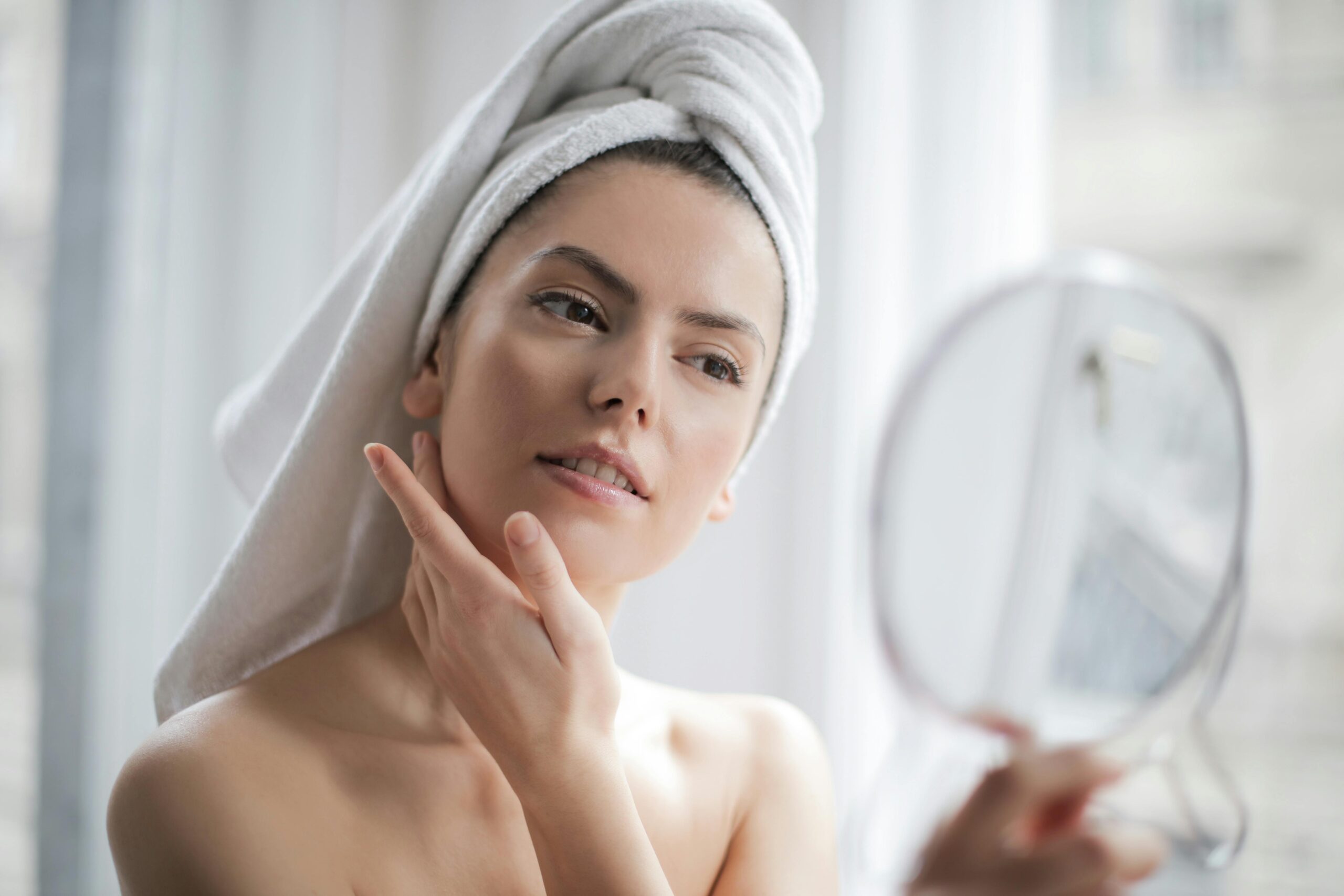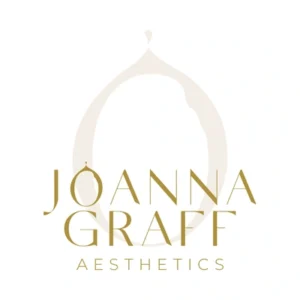Non-Surgical Skin Lifting

What is Non-Surgical Skin Lifting?
The non-surgical skin lift rejuvenates and tightens skin without surgery, using techniques like radiofrequency or injections to stimulate collagen production. It reduces wrinkles, firms sagging skin, and improves overall skin texture and tone, offering safe, effective results with little downtime.
What Problems Can We Treat…
- Sagging Skin/Loose Skin
- Face Contouring
- Double Chin/Excess Fat
- Minimises Large Open Pores
- Reduces Fine Lines & Wrinkles/Crow’s Feet
- Facial Lifting, Skin Tightening & Skin Firming


What should I Expect?
The needle we use to inject the product is extremely fine, so the treatment is almost painless, and therefore doesn’t demand the need for anaesthetic, meaning that there is very little downtime!
The risk of side effects is minimal. However, as with any injectable treatment, some clients may experience mild localised bruising, redness or swelling at the injection site. Cleansing of the skin prior to treatment and careful placement of the injections helps to ensure these risks are as minimal as possible.
Book In Now
If you have any questions or queries about whether the cosmetic use of Non-Surgical Skin Lifting is suitable for you, book your free consultation below.

